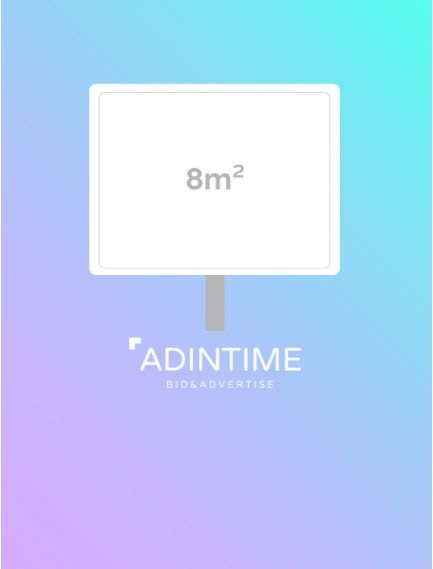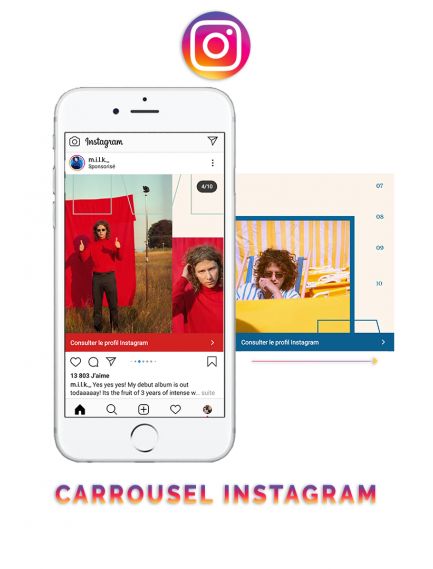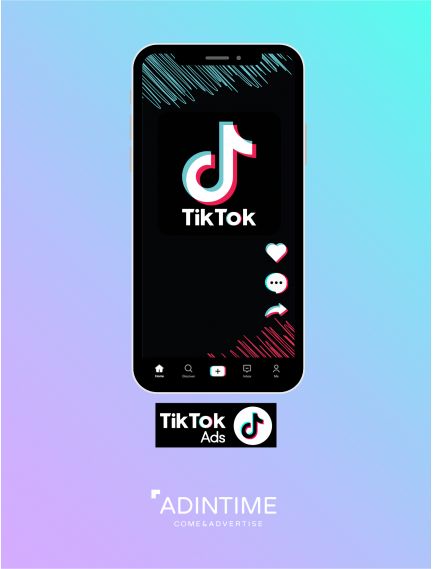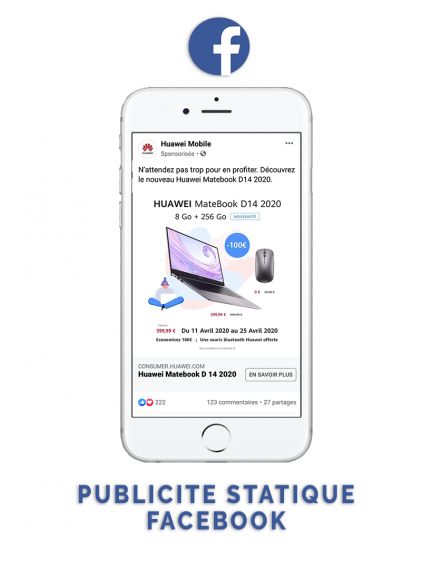According to our team of media experts, although several advertising methods can contribute to retaining your audience, two stand out for their effectiveness: outdoor advertising (OOH) and social media.
Social Media: The Ultimate Loyalty Channel
Social media platforms are the preferred tool for building loyalty. The various platforms allow for continuous relationship-building with customers.
Continuous engagement: Engagement is clearly the strong suit of social media in 2024. They enable brands to maintain this engagement consistently by sharing relevant content, product updates, and actively participating in discussions.
Personalization of the experience: You can analyze your consumers' online behavior and then customize your interactions on social media. This allows for personalized recommendations, exclusive offers, and tailored responses to customer needs.
Loyalty programs: As mentioned earlier, a well-designed loyalty program can be highly effective, especially when integrated with social media. It can enable brands to reward audience interactions, thus encouraging loyalty and active participation.
Responsive customer service: Customer service is a crucial aspect of a loyalty strategy. Social media platforms can now be considered a full-fledged customer service channel. They become a preferred channel for customer service, offering quick issue resolution, which enhances customer satisfaction.
>>> Prepare your next social media advertising campaign:
Out-of-Home Advertising for Loyalty Building
Although outdoor advertising is known for boosting brand awareness, it enhances loyalty by creating visual proximity, emotional connections, and personalizing messages. By strategically integrating visual and promotional elements, it becomes a powerful tool for maintaining a continuous presence and positively influencing consumer behavior.
Take, for example, one of our clients at Adintime. The company SCC has leveraged outdoor advertising to create memorable moments and strengthen customer loyalty. How? By personalizing its campaigns, notably by sending holiday wishes near client businesses.
With its loyalty strategy, SCC has succeeded in:
Establishing an emotional connection: By choosing strategic moments like New Year's greetings, SCC establishes an emotional connection with its customers, adding a human dimension to the brand experience.
Reinforcing local identity: By displaying ads near client businesses, SCC reinforces its local presence, creating a sense of belonging that resonates particularly for local businesses.
Fostering exclusivity: Personalizing outdoor advertising messages creates an exclusive experience for each customer, strengthening the bond and loyalty to the brand.
Of course, other methods are also effective, especially when added to a strategy. For example, running a multichannel campaign with outdoor advertising and email marketing can be a good way to build audience loyalty.
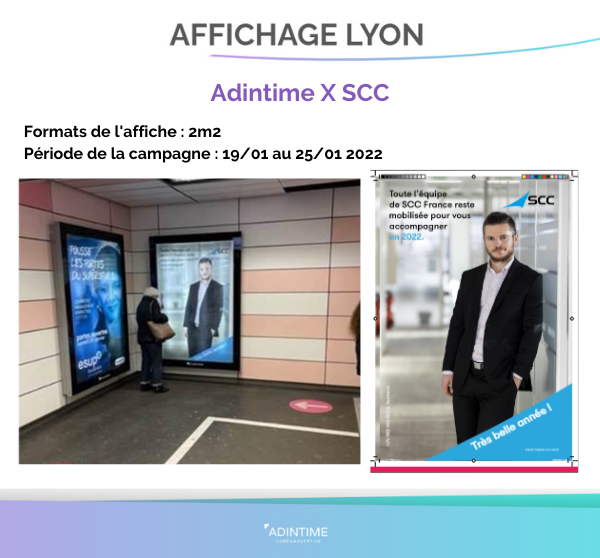
>>> Ready to launch an outdoor advertising campaign to strengthen your audience's loyalty? Click here





 Top 30 best ads musics
Top 30 best ads musics
 The influence of advertising on purchasing behavior
The influence of advertising on purchasing behavior
 This Year Marketing Calendar
This Year Marketing Calendar
 Top of the most listened podcasts in France
Top of the most listened podcasts in France
 Top 30 best ads 2021 in France
Top 30 best ads 2021 in France
 Example of a unique selling proposition
Example of a unique selling proposition
 Advertising storyboard: how to structure your campaigns
Advertising storyboard: how to structure your campaigns
 Advertising: tips to make a lasting impression
Advertising: tips to make a lasting impression
 The best ads made by AI
The best ads made by AI
 What is a display campaign?
What is a display campaign?
